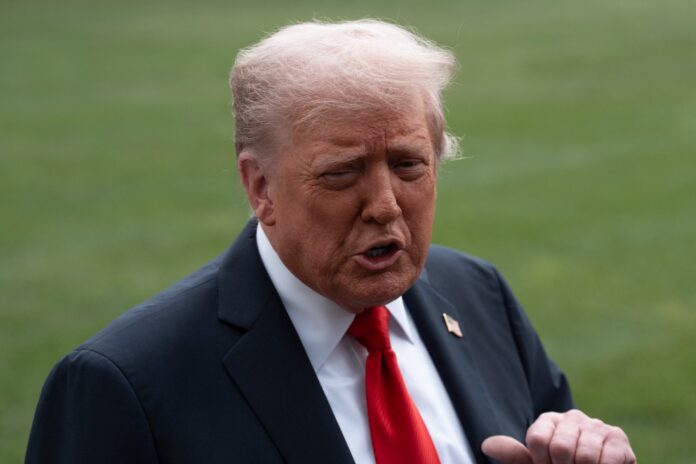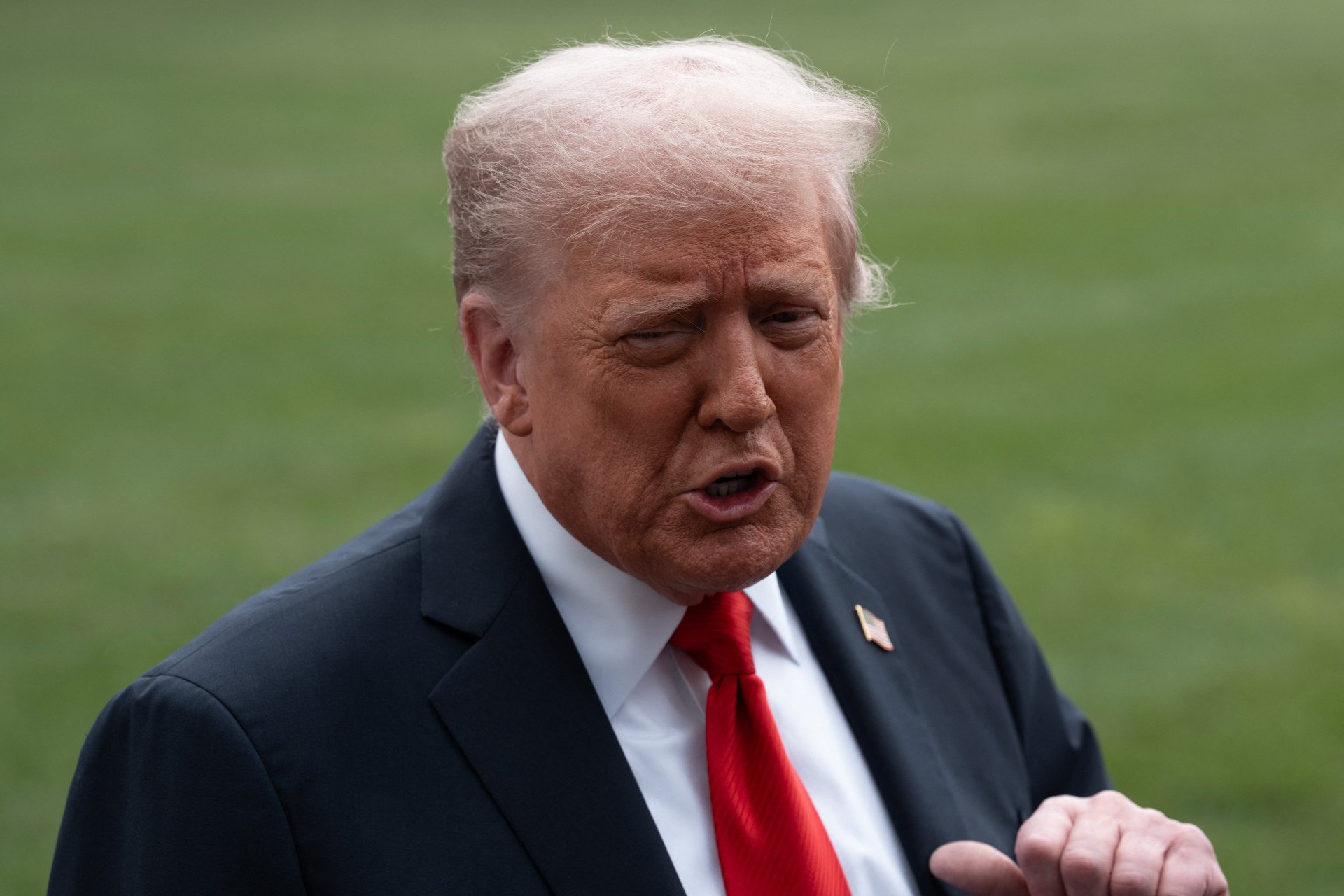
U.S. tourism is facing unprecedented challenges, particularly stemming from increasing discontent among Canadian travelers due to President Donald Trump‘s policies and comments. Since early spring, a notable boycott from Canadian citizens has surfaced, driven by false claims made by Trump about Canada in the context of a tense trade disagreement. However, the situation extends beyond just Canada; visitors from various other countries are also starting to voice their concerns about travel to the U.S., citing tariffs, controversial immigration practices, and new travel fees.
Plunging Numbers
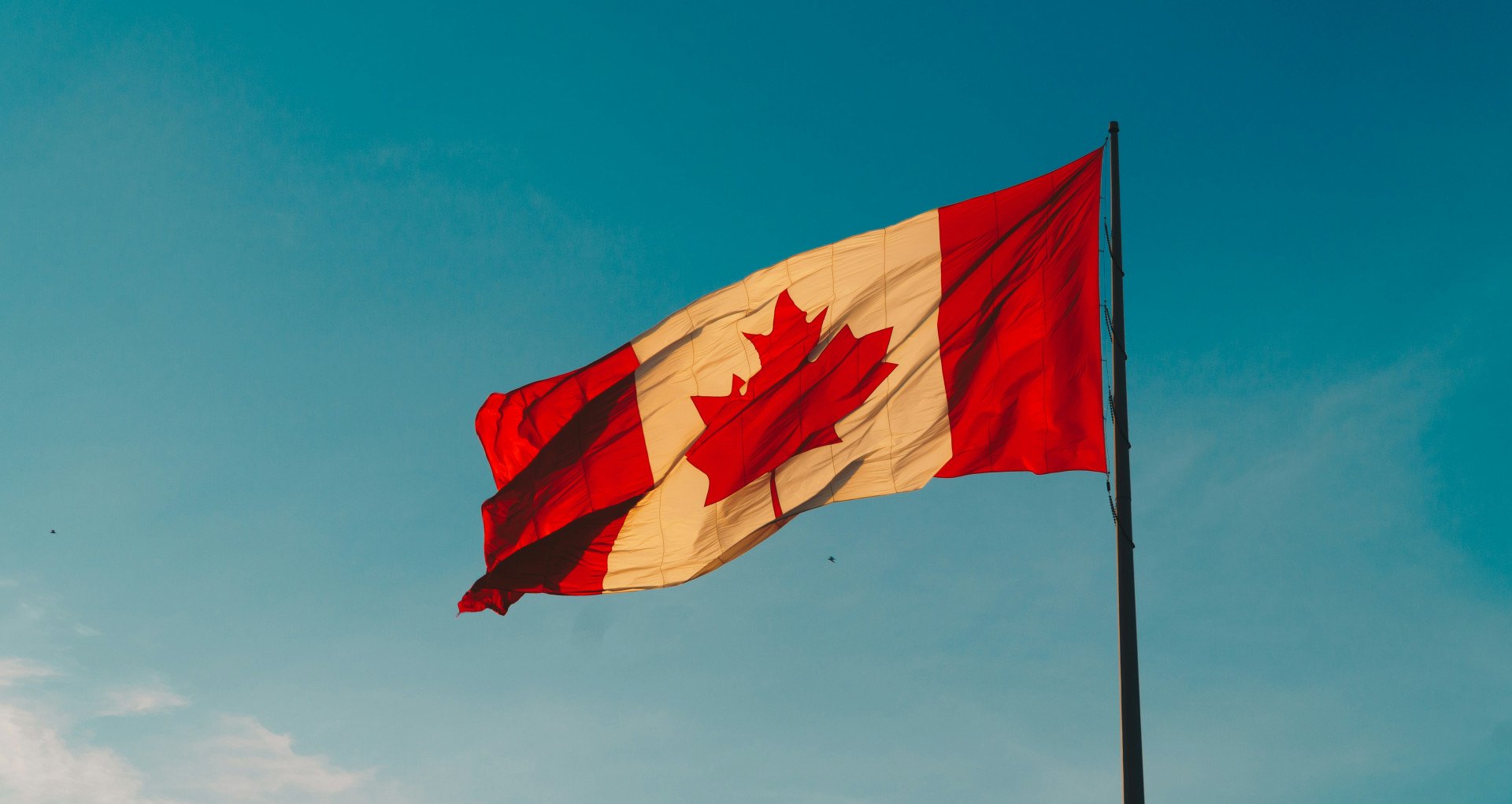

Tourism Economics initially predicted an optimistic 9% growth for international tourism to the U.S. in 2025 but has since revised this forecast significantly. Now, they foresee an alarming 8.2% decline. From January to July 2025, the number of Canadians visiting the U.S. plummeted by nearly 25% compared to the same period in 2024. This dramatic drop in visitors has far-reaching implications, with the World Travel and Tourism Council estimating that the U.S. could see a loss of $12.5 billion in international visitor spending this year alone, marking it as the only country among 184 analyzed to experience a downturn.
Policy Backlash
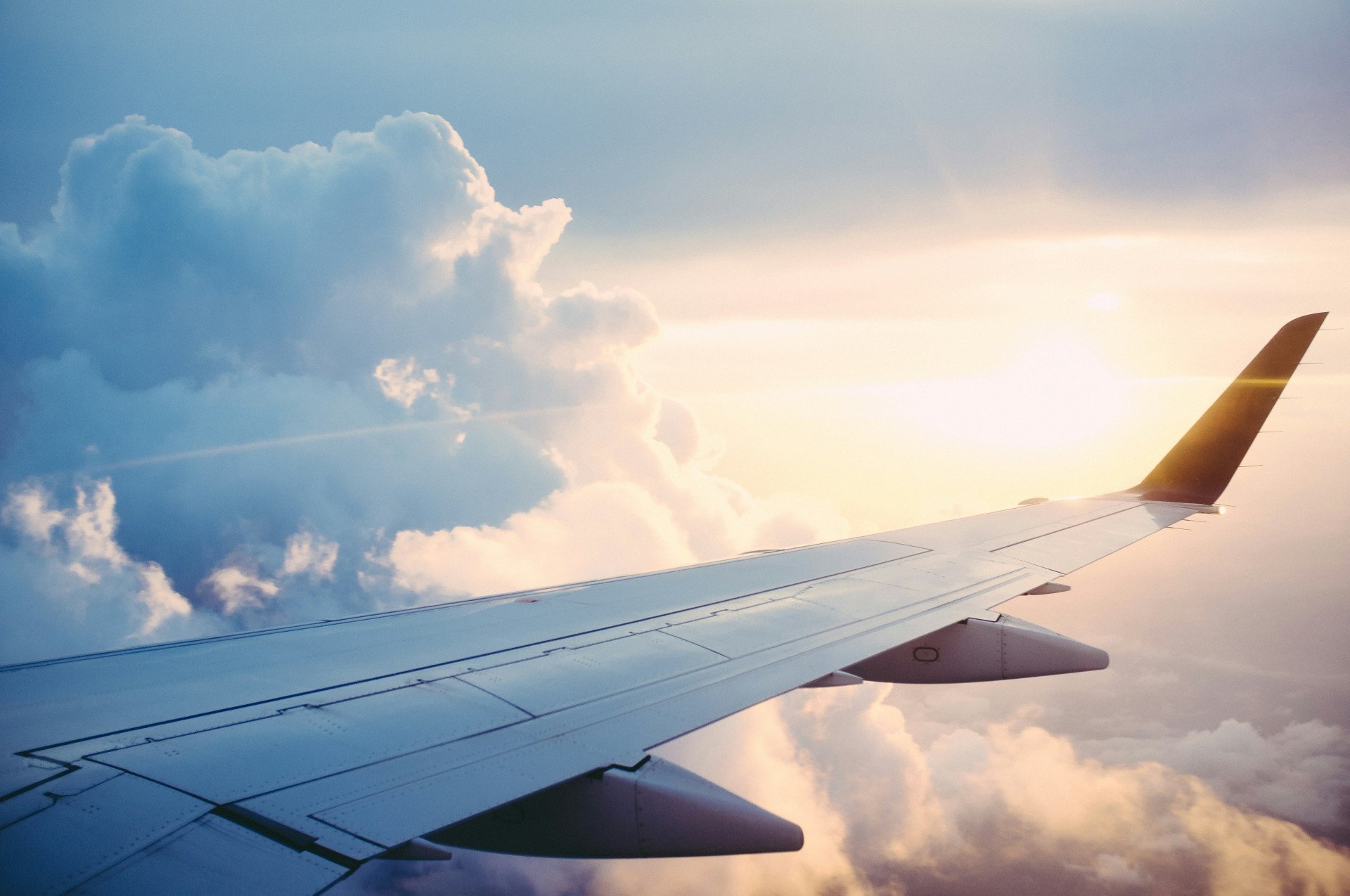

The backlash against U.S. policies isn’t limited to Trump’s inflammatory rhetoric. New fees, such as a $250 “visa integrity fee,” have added to the frustration among potential travelers. The overarching perception that the U.S. is becoming less inviting is resonating particularly harshly. Julia Simpson, president and CEO of the World Travel and Tourism Council, stated, “This is a wake-up call for the U.S. government. The world’s biggest travel and tourism economy is heading in the wrong direction, not because of a lack of demand, but because of a failure to act.” Simpson stressed the need for decisive leadership in Washington to restore the U.S.’s reputation as a welcoming destination.
Tourism Dynamics
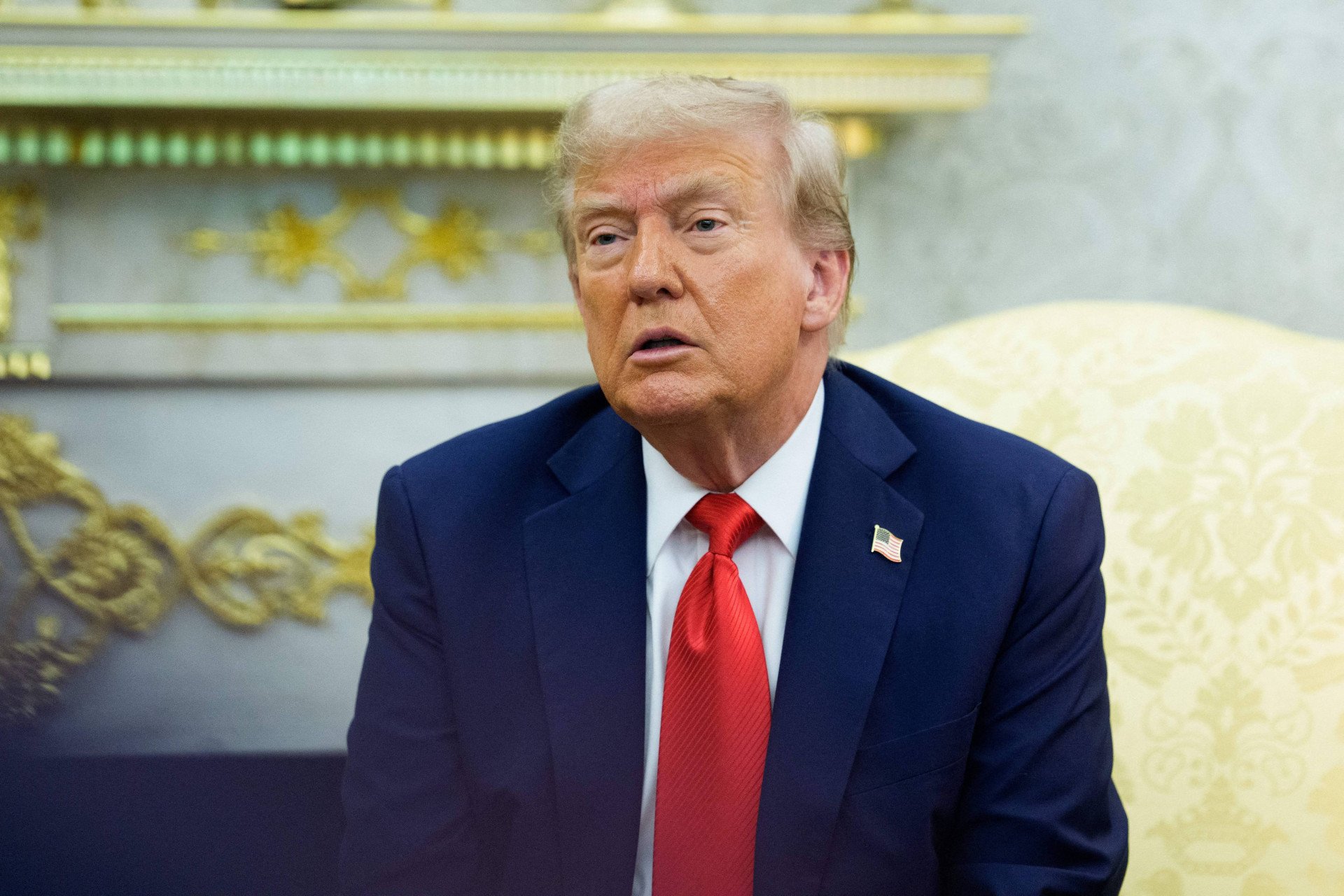

Canada continues to represent the largest segment of international visitors to the U.S., comprising 28% of all foreign arrivals in 2024. However, the growing dissatisfaction among Canadians is pushing many to explore alternative travel options. “Recent data shows we are witnessing a shift toward destinations like Mexico, the Caribbean, and even Europe,” explained Adam Sacks, president of Tourism Economics. The airlines have also noticed this trend and reduced airline capacity significantly, with around 90,200 fewer airline seats available from Canada to the U.S. during the second quarter of 2025 compared to the previous year.
Las Vegas Impacted


Las Vegas, a significant hub for both domestic and international tourism, is also feeling the effects of this downturn. Visitor figures from January to July 2025 dropped by 8% compared to the previous year, according to data from the Las Vegas Convention and Visitors Authority. Although some tourists continue to visit, local officials hold out hope that Canadian travelers will return as winter approaches, traditionally a peak season for their visits to escape the cold. The call for action is becoming urgent, with tourism leaders urging Congress to reinstate full funding for Brand USA, the marketing organization created to enhance the U.S.’s global travel appeal. Unfortunately, Congress has significantly reduced the agency’s funding, slashing it from $100 million to just $20 million in July.
